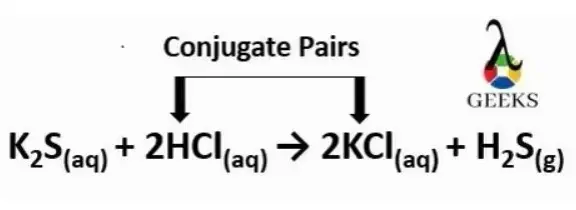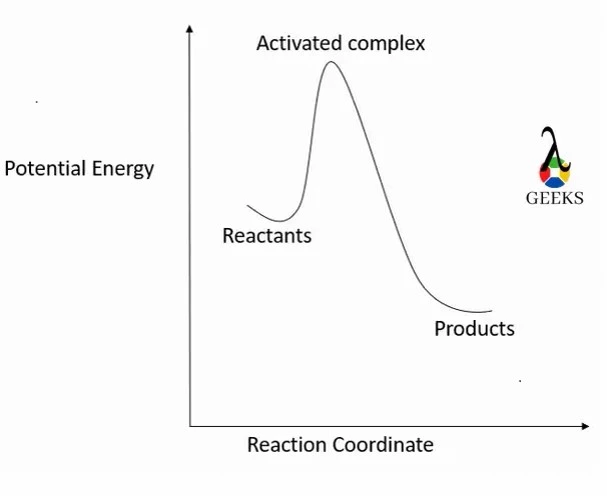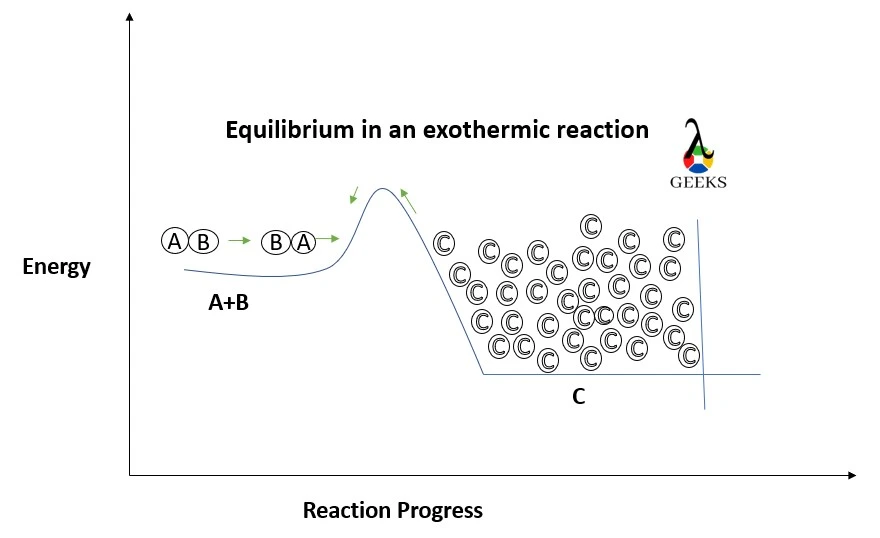In the reaction of HCl+ K2S hydrochloric acid is a strong acid, and potassium sulfide is a base. Let us examine some of the facts of this reaction.
Hydrochloric acid exists in a liquid state and a solid state. HCl is obtained by the contact of hydrogen chloride with water. This hydrogen chloride is corrosive and can be used in refining and manufacturing various products. K2S is readily reactive towards water. It is used as an intermediate in glitter genesis.
we will discuss some of the characteristics of this hydrochloric acid and potassium sulfide reaction, like its buffer solution, enthalpy, entropy, molecular forces, and type of products formed during the reaction in this reaction.
What is the product of HCl and K2S?
The reaction of HCl+ K2S produces potassium chloride and hydrogen sulfide gas.
K2S + 2HCl → 2KCl + H2S
What type of reaction is HCl + K2S
The reaction of hydrochloric acid and potassium sulfide is an acid-base reaction.
How to balance HCl + K2S
The reaction of HCl+ K2S can be balanced in the following steps:
Step 1: Finding the number of atoms on both reactants and products side
This is the initial step. Here the atoms present in this reaction are potassium, sulfur, hydrogen, and chlorine. 5 atoms present on both reactants side and products side, of which H atom is 1 and 2 on reactant and product side respectively, whereas K is 2 and 1 on reactant and product side respectively.
K2S + HCl → KCl + H2S
Step 2:Arranging the similarities between the number of molecules in reactants and products
The reaction between HCl+K2S get balanced by arranging the same number of atoms.By multiplying 2with HCl and 2 with H2S our first attempt adopted.
K2S + 2HCl → KCl + 2 H2S
Step3 :Placing the required number as coefficient before the molecule
In this step placing 2 as a coefficient of KCl to get the balanced equation.
K2S + 2HCl → 2KCl + H2S
Step 4: Writing the balanced equation
At last multiplying HCl with 2 and KCl with 2 makes the reaction balanced. The balanced chemical equation for the above reaction is
K2S + 2HCl → 2KCl + H2S
HCl + K2S titration
HCl+ K2S titration come under strong acid versus weak base titration. In this reaction, we aim to calculate the amount of potassium chloride formed during the reaction.
Apparatus
Burette, pipette, conical flask, round bottom flask, burette stand, wash bottle.
Indicator
In the strong acid versus weak base titration, generally, we use phenolphthalein as an indicator; its endpoint is colorless.
Procedure
The burette is filled with a standardized hydrochloric acid solution; and the conical flask with basic solution. Indicator is also added. The process is continued until the solution’s color disappears. This color change point is the equivalent point. Then the volume of KCl is found by using the formula V1S1=V2S2.
HCl + K2S net ionic equation
The net ionic equation for the reaction of hydrochloric acid and potassium sulfide is given by;
Step 1
Balance the chemical equation whose net ionic equation has to be found. Here chlorine atoms are not balanced on both reactants side and products side. So we have to multiple the coefficients of HCl and KCl with 2 moles in order to get balance the equation . Then the final chemical equation is;
K2S + 2HCl → 2KCl + H2S
Step 2
Split the strong electrolytes into ions into the reactants and product sides. Here hydrogen sulfide cannot be a strong electrolyte.
2K++ S2– + 2H+ + 2Cl– → 2K+ + 2Cl– +H2S
Step 3
Cancel the spectator ion on both sides. The left chemical equation can be called the net ionic equation of that reaction. The net ionic equation for the reaction of potassium sulfide and hydrochloric acid is as follows;
S2– + 2H+→ H2S
HCl + K2S conjugate pairs
HCl and Cl– are the conjugate acid-base pairs in this reaction of HCl+k2S.HCl is a strong acid, while its conjugate base is Cl–.

HCl and K2S intermolecular forces
- The intermolecular forces between the hydrochloric acid are dipole-dipole interactions and London dispersion forces, but dipole-dipole interactions are strong.
- In potassium sulfide, ion-ion interactions are present between the molecule because potassium is a metal and the sulfur atom is a non-metal, so they combine to give an ionic bond.
HCl + K2S reaction enthalpy
The enthalpy for HCl+ K2S reaction is -364.5 KJ. It can be calculated by eliminating the product’s summation enthalpies from the summation of reactants enthalpies-
(-471.5-167.16) -(-436.75-296.83) =-364.5KJ.

Is HCl + K2S a buffer solution
The reaction between HCl+ K2S cannot form a buffer solution. Because the strong acid hydrochloric acid conjugate base Cl– (the anion of potassium chloride)is weak (salt).
Is HCl + K2S a complete reaction
The reaction between HCl+ K2S is a complete reaction because the product potassium chloride can be soluble in water, so it does not undergo any further reaction.
Is HCl + K2S an exothermic or endothermic reaction
The reaction of HCl+ K2S is exothermic. When hydrochloric acid is reacted with potassium sulfide, some heat is produced in the form of energy, and this energy is enough for the complete reaction.

Is HCl + K2S a redox reaction
The reaction between HCl+ K2S is not a redox reaction because no transfer of electrons occurs.
Is HCl + K2S a precipitation reaction
The reaction between HCl+ K2S are not precipitation reactions because no additional product is formed as insoluble.
Is HCl + K2S reversible or irreversible reaction
The reaction between HCl+ K2S is not reversible because a backward reaction requires a high amount of energy, which is impossible in the case of a reaction between hydrochloric acid and potassium sulfide.
Is HCl + K2S displacement reaction
The reaction HCl+K2S is a double displacement reactions because both the reactants get displaced from their position and react with another reactant.

How to balance KMnO4 + K2S + HCl = MnCl2 + SO2 + KCl + H2O
To balance this reaction, we have to consider the following steps:
Step 1: Finding the number of atoms on both reactants and products side
Here the number of K atom is 3 on reactant and product side respectively, whereas O is 4 and 3; and H is 1 and 2 on reactant and product side respectively. So the reaction is not balanced.
KMnO4 + K2S + HCl = MnCl2 + SO2 + KCl + H2O
Step 2:Arranging the similarities between the number of molecules in reactants and products
The reaction between KMnO4 + K2S + HCl = MnCl2 + SO2 + KCl + H2O get balanced by arranging the same number of atoms. By multiplying 4 with HCl, 2 with MnCl2 and 2 with H2O our first attempt adopted.
KMnO4 + K2S + 4HCl = 2MnCl2 + SO2 + KCl + 2H2O
Step3 :Placing the required number as coefficient before the molecule
In this step placing 2 as a coefficient of HCl and 2 as a coefficient of KCl and 2 as a coefficient of H2O we get this equation which is not balanced.
KMnO4 + K2S + 2HCl = MnCl2 + SO2 +2 KCl + 2H2O
Step 4: Writing the balanced equation
At last multiplying 6 with KMnO4, 5 with K2S, 28 with HCl,6 with MnCl2,5 with SO2, 16 with KCl, 14 with H2O makes the reaction balanced. Therefore the balanced chemical equation for the above reaction is;
6KMnO4 + 5K2S + 28HCl = 6MnCl2 + 5SO2 + 16KCl + 14H2O
Conclusion
The formed product potassium chloride can be used as a electrolyte and in the manufacturing of soaps. It acts as a flavoring agent, pH controller.
Read more facts on HCl:

Hi…I am Surya Satya Eluri. I have done my M.Sc in Organic Chemistry. I am very enthusiastic about the high-energy chemistry field. I love to write complicated chemistry concepts in understandable and simple words.
Let’s connect through LinkedIn: